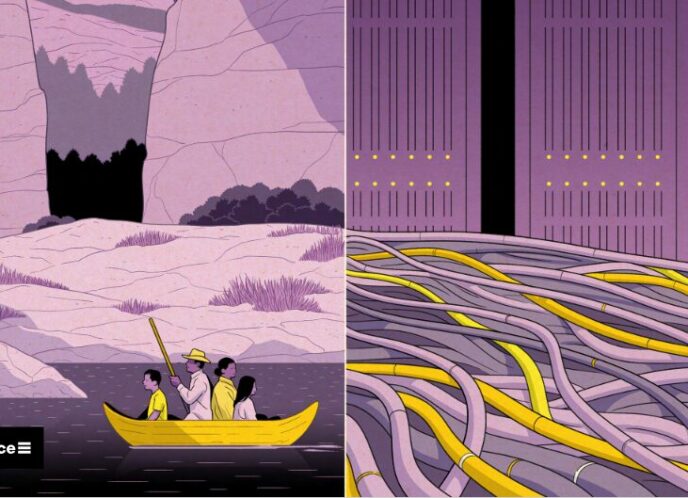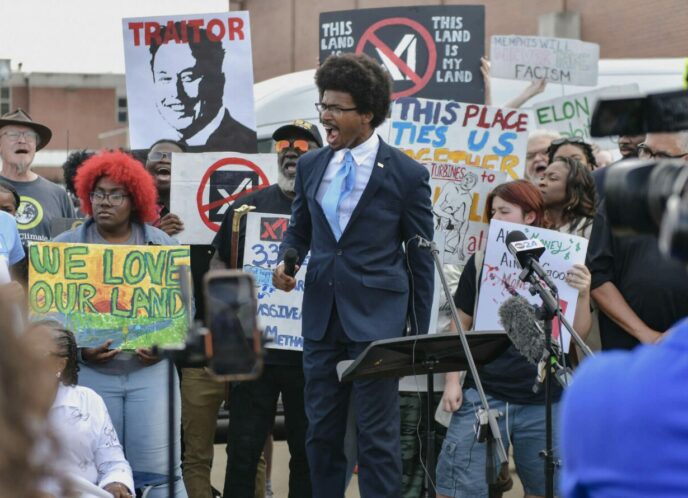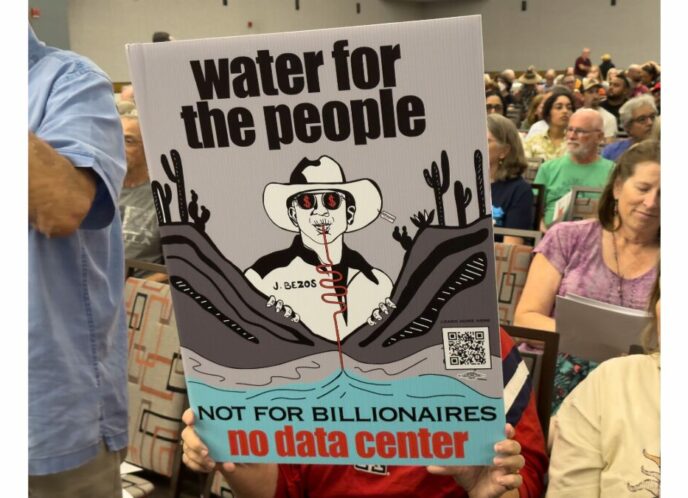By Clarissa Ramon, Public Knowledge
This weekend, I attended the 14th annual Allied Media Conference hosted by the Allied Media Projects in Detroit Michigan. The conference brought together community organizers, media mobilizers, technologists, and social justice advocates from around the country to discuss the intersection of technology and media as a vehicle for social change.
Participants represented a wide variety of organizations and movements ranging from immigrant rights networks to prison reform efforts. As a representative of Public Knowledge, working with telecommunications policy at the federal level, it was interesting to see the application of that policy at the local community level.
For instance, thanks to the American Recovery and Reinvestment Act, the National Telecommunications and Information Administration was granted 4.7 billion dollars to deploy accessible broadband infrastructure, create and improve digital literacy and encourage sustainable adoption of broadband service. The funds are administered through the NTIA’s Broadband Technologies Opportunity Program. These BTOP grants were then distributed throughout various organizations, community anchor institutions and projects that focus on addressing the digital divide.
I was particularly impressed by the “Curriculum for Healthy Digital Ecologies” panel that included presenters from BTOP grantees Philadelphia’s Media Mobilizing Project, FIGHT, Open Technology Institute’s Philadelphia partners and Detroit Future Media. These representatives discussed the challenges and victories that came through working in communities to provide Internet access and computer training to foster a culture of digital awareness. Stories from instructors highlighted the positive change in individuals and communities that resulted from consistent access to the Internet and hardware.
But despite these gains, how can these communities be encouraged to tell their stories? How will communities change as a result of increased access and literacy? How can these tools be used to address other societal issues?
Participants were invited to grapple with these questions as they moved through various “tracks” which allowed participants to follow conversations based on their area of interest or simply skip around to other discussions in an effort to broaden their perspectives.
For those more interested in the human element of living in a digital age, the Analog Media track and Transformative Art Space focused on creative hands on, sustainable activities. The inclusive nature of the activities did not discriminate on skill level, from the more technical Webmaking to the interactive Game Design & Play track, all were invited to stretch their imagination and learn.
Despite the fun activities, it was obvious that there is much work to be done in the media policy space. While the recent collective defeat of the AT&T/T-Mobile merger is seen as a success, it is clear that it is not that last time involvement will be crucial in future policy decisions surrounding media ownership. The Media Policy for Love & Justice track highlighted the work fellow public interest advocates are doing to protect the digital rights of users.
Digital rights that expand past spectrum licenses down to community radio licenses and the ability to mobilize against immigrant raids. Rights that are left out of FCC regulation such as exorbitant prison phone rates that affect communities with loved ones in prison and in detention centers.
In today’s digital age, you would be hard pressed to find an organization, movement or individual dedicated to change who do not view their Internet presence, digital expertise and media savvy as crucial tools. But what happens to movements who lack access to basic digital tools like the Internet?
How do under-served communities gain access to reliable infrastructure? How can communities be encouraged to use technology in way that benefits their respective communities? How do marginalized communities who are traditionally left out of mainstream media ensure their stories are told? Can they be equipped to tell their own?
The AMC succeeded in bringing these questions to the forefront of our conversations. While it is clear that much work needs still needs to be done at all policy levels, it was very inspiring to see all the successes.



